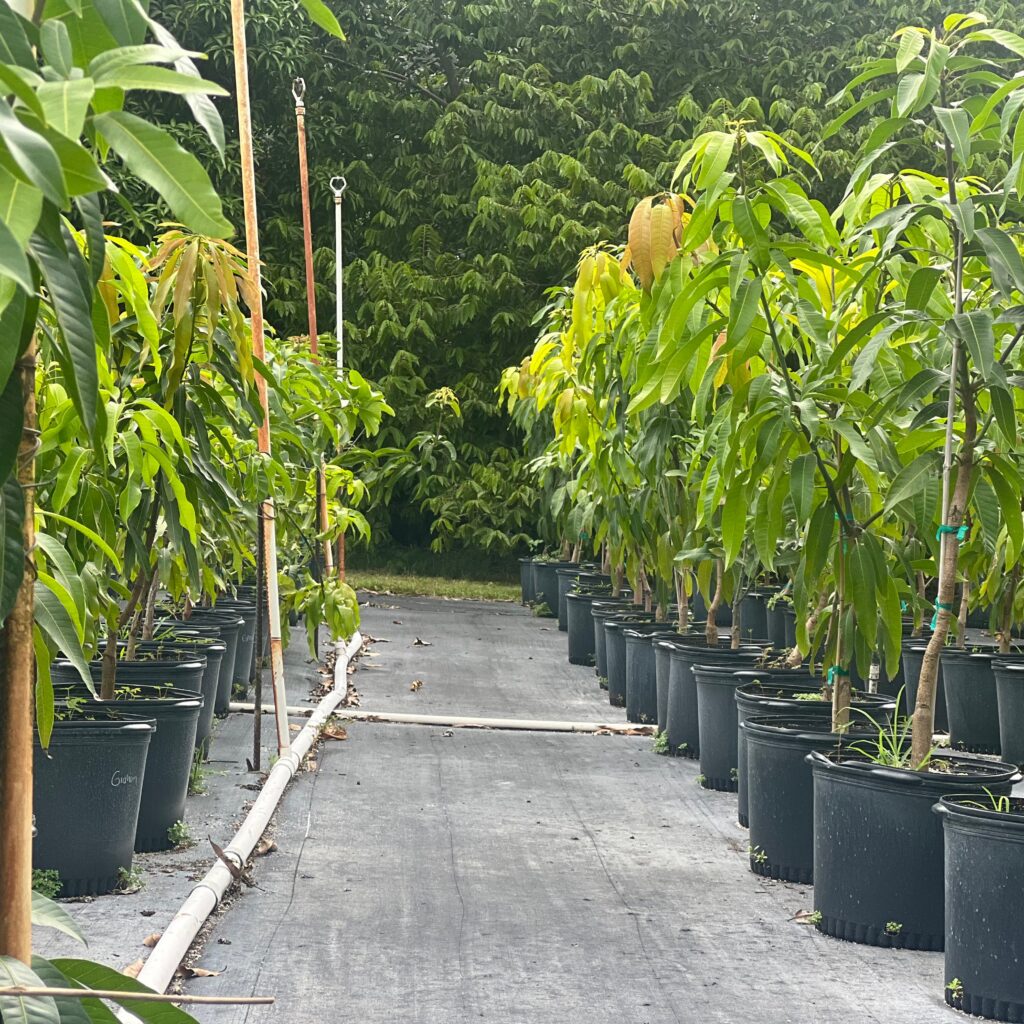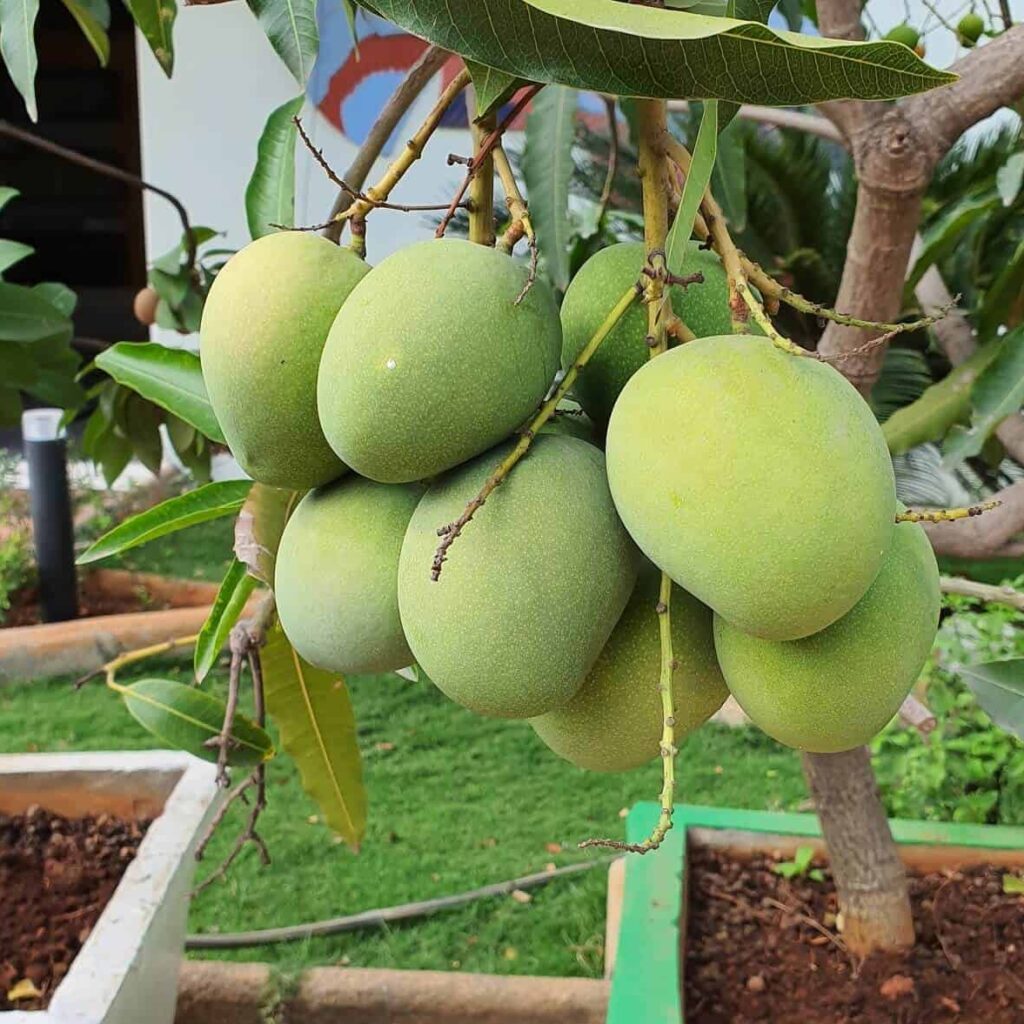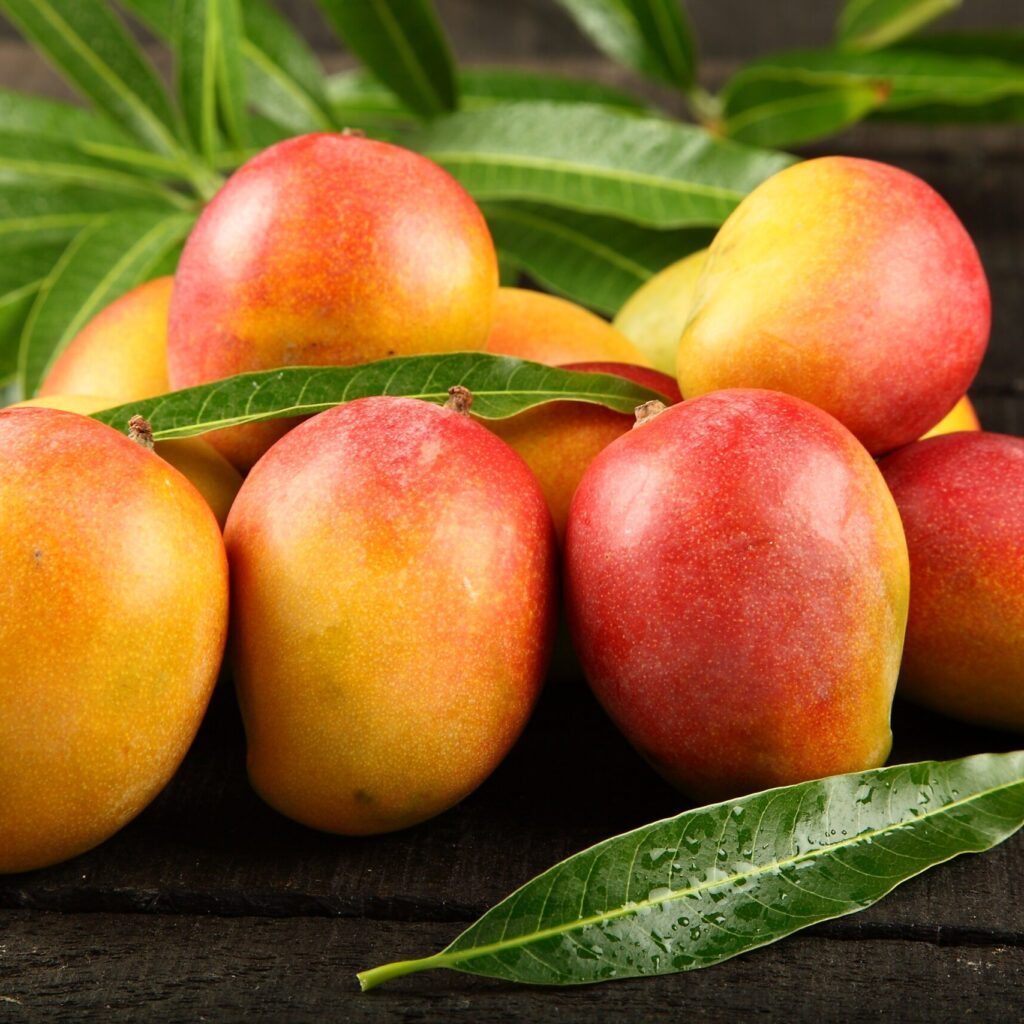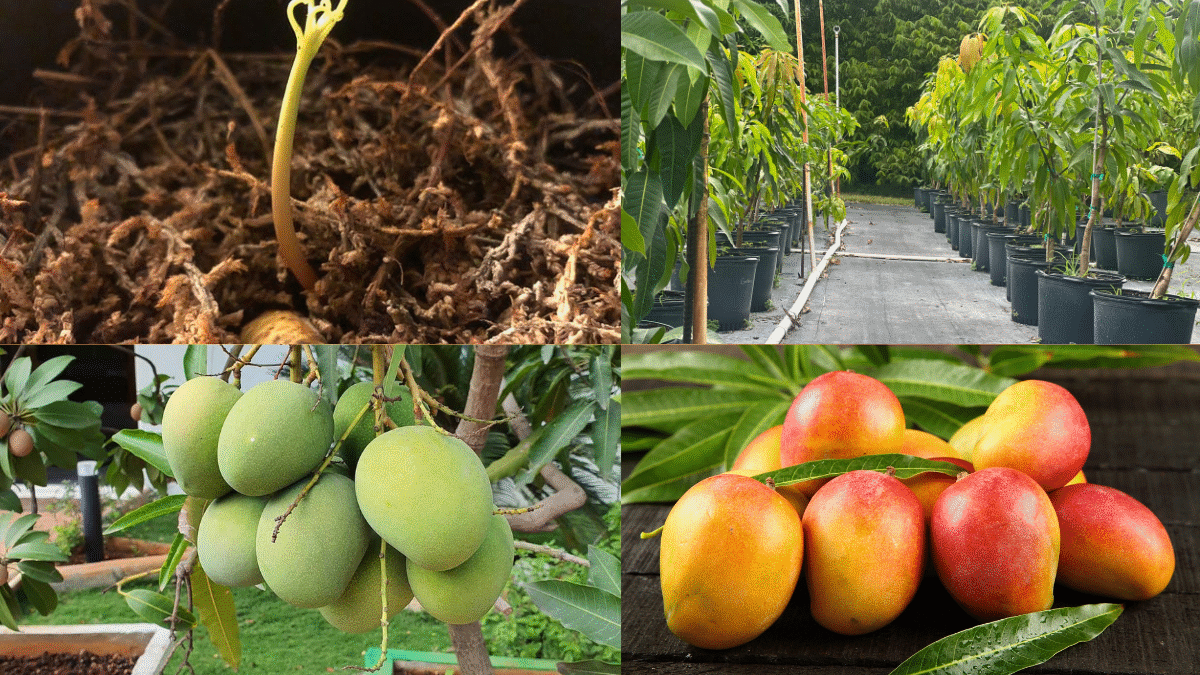Mangoes are known as the “king of fruits,” celebrated for their sweet, juicy flesh and rich tropical flavor. While most people enjoy them sliced, diced, or blended into smoothies, few realize how easy and rewarding it can be to grow a mango tree from a seed. With the right care and a little patience, you can nurture your own tropical mango tree — even if you don’t live in a traditional mango-growing region.
This guide will walk you through everything you need to know about planting mango seeds, from selecting the right fruit to nurturing your sapling into a healthy tree.

Why Grow Mangoes from Seed?
While mango trees are often propagated by grafting to produce consistent fruit quality, growing a mango from seed can be a fun and educational gardening project. Here’s why you should try it:
- Inexpensive and Accessible: Every store-bought mango contains a seed you can use.
- Tropical Ambiance: Even if your tree doesn’t bear fruit, it makes a beautiful, lush houseplant.
- Rewarding Hobby: Watching a mango sprout and grow is highly satisfying.
- Potential for Fresh Fruit: In the right climate and conditions, a seed-grown mango tree can eventually bear fruit.
Selecting the Right Mango
Not all mango seeds are equal when it comes to home growing. The best results come from:
- Fresh, Ripe Mangoes: The fresher the fruit, the more viable the seed.
- Polyembryonic Varieties (if possible): These can produce clones of the parent tree and are more reliable for seed propagation. Common in Southeast Asia (like the Ataulfo or Manila mango).
While grocery store mangoes often come from monoembryonic varieties, which may produce variable offspring, they’re still worth growing for ornamental purposes or the chance of unique fruit.
Preparing the Mango Seed
Once you’ve enjoyed the fruit, it’s time to extract and prepare the seed:
- Clean the Husk: Scrape off any remaining flesh from the flat, woody husk.
- Dry the Husk: Allow it to air-dry for a day to make it easier to handle.
- Open the Husk:
- Use a sturdy knife or scissors to carefully pry open the husk along its seam.
- Inside, you’ll find the almond-like mango seed.
- Check the Seed: It should be firm and cream-colored. Discard any shriveled or moldy seeds.

Germinating the Mango Seed
You can plant the seed directly in soil or pre-sprout it using the paper towel method. Here’s how to do both:
1. Paper Towel Method (Highly Recommended)
This method increases germination rates by keeping the seed moist and warm.
- Wrap the seed in a damp paper towel.
- Place it in a zip-lock bag or plastic container.
- Store it in a warm, dark place (like on top of a refrigerator).
- Check every few days to ensure the towel stays moist.
- Within 1–3 weeks, you should see a sprout emerging.
2. Direct Planting Method
If you prefer to plant the seed right away:
- Choose a pot at least 10 inches deep with good drainage.
- Plant the seed about 1 inch below the soil surface, with the convex side facing up.
- Water thoroughly and place the pot in a warm, sunny location.
Choosing the Right Container and Soil
Container:
- Start with a medium-sized pot (10–12 inches deep) with drainage holes.
- As the plant grows, transplant it into a larger container or into the ground if your climate allows.
Soil:
- Use a rich, well-draining potting mix.
- Mango trees prefer slightly acidic to neutral soil (pH 5.5–7.5).
- You can mix garden soil with sand and organic compost to improve drainage and nutrients.

Ideal Growing Conditions
Mango trees are tropical by nature and thrive in:
- Warm Temperatures: 70°F to 100°F (21°C to 37°C). Avoid exposing seedlings to temperatures below 40°F (4°C).
- Bright, Direct Sunlight: At least 8 hours daily for optimal growth.
- Humidity: Mango plants enjoy moderate to high humidity, especially during the growing season.
If you live in a cooler climate, keep your mango plant indoors during cold months and move it outside when temperatures permit.
Watering and Fertilizing
Watering:
- Keep the soil consistently moist during germination and early growth.
- Once established, water deeply but allow the top inch of soil to dry out between waterings.
- Avoid waterlogging the roots, which can cause rot.
Fertilizing:
- Start fertilizing after the first few sets of leaves develop.
- Use a balanced liquid fertilizer or one higher in nitrogen to encourage foliage growth.
- Fertilize monthly during spring and summer. Reduce feeding in fall and winter.
Pruning and Maintenance
Pruning helps shape your mango tree and encourages a strong structure:
- Prune the top when the plant reaches about 3 feet to promote bushier growth.
- Remove any dead, damaged, or crossing branches.
- If growing in a pot, prune roots when transplanting to keep the plant manageable.

Transplanting into the Ground (If Applicable)
If you live in USDA zones 9–11, you can transplant your mango tree outdoors:
- Choose a sunny, sheltered location with well-draining soil.
- Dig a hole twice the width and the same depth as the root ball.
- Remove the plant from its pot, gently loosen the roots, and plant it at the same depth it was growing in the pot.
- Backfill with soil, water thoroughly, and mulch around the base.
Common Issues and How to Fix Them
Yellowing Leaves:
- May indicate overwatering or poor drainage.
- Ensure the soil dries slightly between waterings.
Slow Growth:
- Could be due to insufficient light. Move the plant to a sunnier spot.
Pest Problems:
- Aphids, spider mites, and scale can be controlled with neem oil or insecticidal soap.
When Will Your Mango Tree Fruit?
Patience is key — mango trees grown from seed typically take:
- 5–8 years (or longer) to bear fruit in tropical regions.
- In cooler areas or indoors, they may remain decorative houseplants, though fruiting is unlikely without intense light and warmth.
If your goal is fresh mangoes faster, consider purchasing a grafted tree from a nursery. But for hobbyists, watching a mango grow from seed is a joy in itself.
Final Thoughts
Growing a mango tree from seed is an easy and delightful project for plant enthusiasts and tropical fruit lovers alike. With minimal investment and a bit of patience, you can nurture a lush, tropical plant that brightens up your home or garden.
Even if your climate isn’t ideal for outdoor planting, mango trees make beautiful, exotic houseplants that bring a touch of the tropics indoors. So next time you savor a ripe, juicy mango, save that seed — and start your own tropical adventure right at home.





Leave A Comment